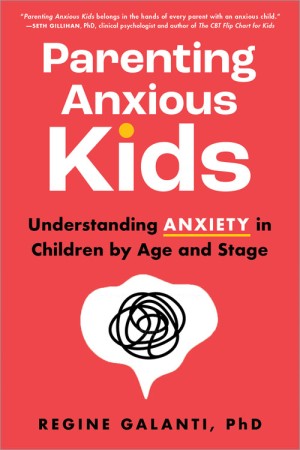Tyler Feder’s Dancing at the Pity Party, subtitled A Dead Mom Graphic Memoir, is not meant to offer consolation or a philosophical acceptance of grief’s inevitability. Rage, irony, depression, panic, and undying love of a child for a parent alternate in this unforgettable record of account of a young woman’s loss of her mother to cancer. Feder warns her readers that, while trite expressions of comfort or evasive euphemisms may seem adequate, the truth is that “oscillating between euphemisms and torture porn does not a healthy relationship with mortality make.”
Visual images are perfectly paired with text in this almost unbearably honest work. Drawing on a range of allusions, the author depicts her isolation as a bereaved nineteen-year-old, “an iceberg out to sea,” as she tries to navigate the overwhelming experience of her mother’s recent death. Whether presenting a list of useless self-help books (“Late Stage Cancer 4 Dummies”), or capturing her late mother’s physical self in poignant details, (“She usually smelled like one of the millions of hand creams she applied religiously, almond or apricot or cocoa butter”), Feder rejects symbolism in favor of concrete details. She remembers the formative years when her mother’s unconditional love and no-nonsense dismissal of “crap” fostered the author’s confidence. But she also acknowledges the pitfalls of nostalgia: even memories of maternal traits that seemed problematic at the time have become, in retrospect, “a one-way train to METAPHOR CITY.” Feder both faithfully evokes her mother as a real person, and constructs a story of sorrow and recovery that will resonate with all readers. Feder’s mom is both the real and irreplaceable Rhonda Hoffman Feder, and every version of female strength from Mary Poppins to Princess Diana.
When Rhonda is diagnosed with advanced-stage cancer, every norm of family life is shattered; Feder explores each inadequate response to unmitigated disaster. She repeats the engulfing name of the disease over and over, weeps to the point of exhaustion, and tries to compartmentalize her feelings. A filing cabinet with drawers meticulously labeled “terror,” “fake smiles,” and “cynicism” indicates the uselessness of this last attempt at controlling an overwhelming reality. Descriptions of her mother’s physical decline force readers to confront this part of death without looking away. Feder is clearly not trying to shock readers, but to immerse them in her own journey of loss as well as her gradual return to life as a changed person. She even offers an alternative to Elisabeth Kubler-Ross’s tidy organization of grief’s stages, substituting her own image of winding arrows on a background of pastel clouds: “emotional eating, insomnia, inappropriate jokes, wanting to be alone.”
Feder also addresses the Jewish approach to mourning, including both the sincere comfort and the ultimate inadequacy of each custom. The symbolically torn kriah ribbon that mourners wear, the first recitation of the kaddish prayer, and the overwhelming amounts of both food and people during the shiva period (“the death circus”) make this aspect of her experience far from generic, although she provides explanations that add context for both Jewish and non-Jewish readers. Her life gradually returns, not to what it had been before, but to a “new normal,” one where pain is constant, but empathy, perspective, and the presence of memories enable her to confront the present and future. When she tries to picture what her mother may have looked like had she not died so young, Feder is both holding on to Rhonda and creating someone new, someone much like her strong and faithful daughter: “same thick dark hair…same obsessive need to constantly rearrange the furniture…same perfectionism.” Reading her memoir is exhausting and deeply fulfilling at the same time, because “Ten years later, I’m still here, trying to turn the crap into something sweet, just like she would.”
Emily Schneider writes about literature, feminism, and culture for Tablet, The Forward, The Horn Book, and other publications, and writes about children’s books on her blog. She has a Ph.D. in Romance Languages and Literatures.





